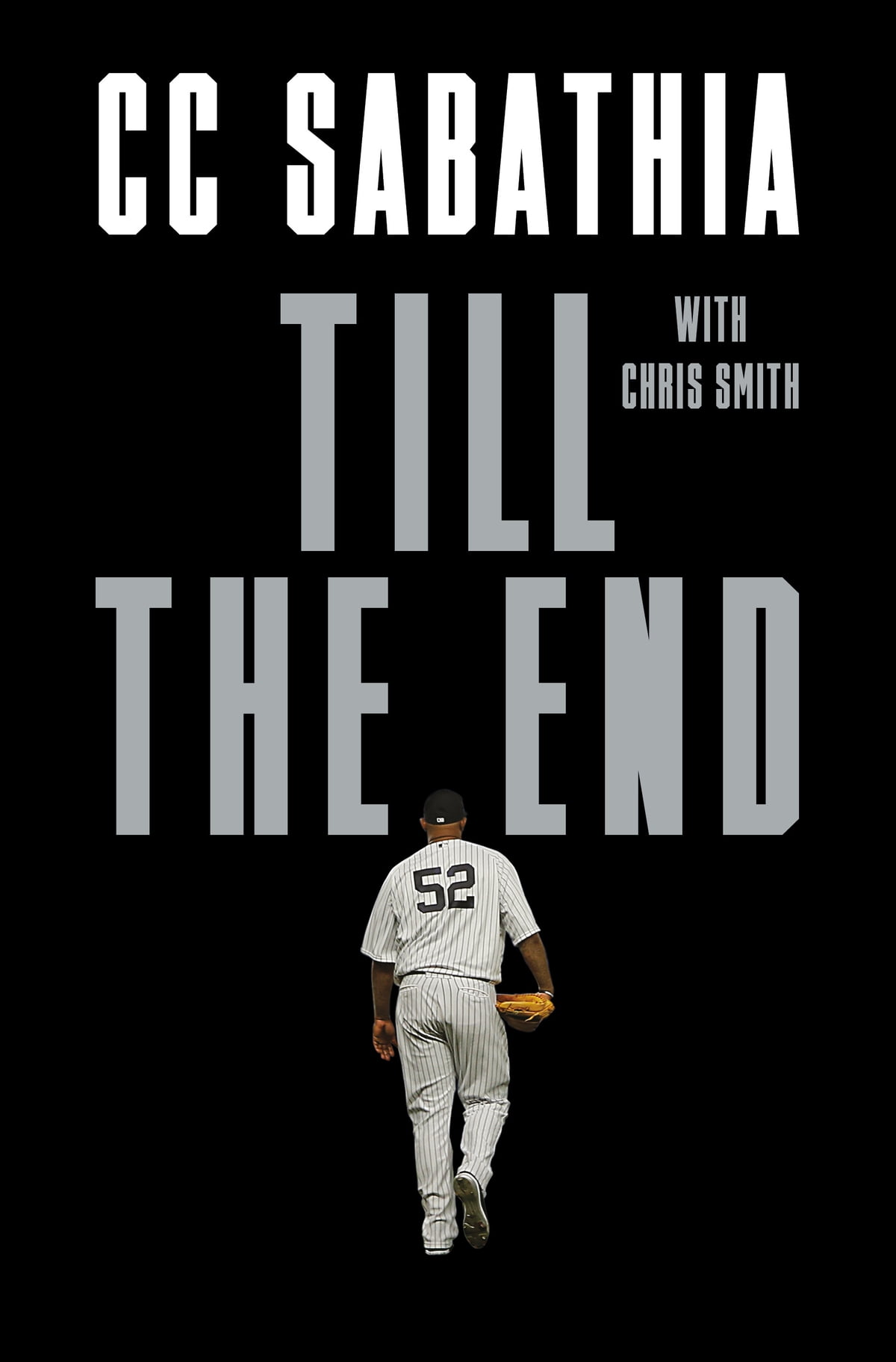Tiny Nightmares: Very Short Tales of Horror, edited by Lincoln Michel and Nadxieli Nieto
In their introduction to Tiny Nightmares: Very Short Tales of Horror, editors Lincoln Michel and Nadxieli Nieto write they “wanted to poke another hole in the artificial barrier between ‘literary’ and ‘genre’ fiction,” and this anthology—perfect for the coming celebration of darkness, pumpkins, and goblin-centered mischief—features forty-two stories of what might be called flash horror. With contributions by established authors of both horror and literary fiction, each story answers the question, What scares you?
Horror is a kind of hybrid form that depends on shock, fear, and sometimes repulsion, while literary fiction is driven by character and language, and as flash with its concision and intensity, the scary story takes on a fresh shape. The stories launch swiftly and the compressed action manages to heighten the suspense of what might be coming.
Four Scary Classifications
For these tales of horror, the editors have assembled a terrific roster of contributors, writers of fiction and nonfiction, whose work ranges from the speculative to translations, to YA, with the stories divided into four classifications: Heads, Hearts, Limbs, and Viscera. Each is introduced with wonderful black-and-white illustrations by Daehyun Kim. There are nods to the fairy tale, the confessional, gothic vampire romance, and literary fiction—which by way of contrast turns out to be an ideal setting to introduce the element of strange.
Under Limbs, for instance, there’s a moment in “Pincer and Tongue,” by Stephen Graham Jones: “Rudolpho peeled his lips back from his mouthful of fangs, extracting himself hand over hand from the off-center spike while she raked him to ribbons…” In Canisia Lubrin’s “Cedar Grove Rose,” there’s a fabulist bent: “She ran often, faster than she really could, churning the earth-lain dirt into wings, or some dragonfly nebula” that also extends to its setting, a place between Here and There, an outpost on the Atlantic coast of England after World War Two.
“Visiting Hours,” by Lilliam Rivera takes place in one of the scariest settings I can think of: a hospital. Vilma is the pregnant and continually hungry girlfriend of Rogelio, who’s checking in for surgery on his clogged arteries. Vilma is hardly the picture of maternal bliss; she resents Rogelio, who hasn’t kept his promise to always take care of her, and given his bad arteries and her condition, the future she faces is scary indeed (“Who made the decision to live this life? she thinks”). Their future together takes a turn when, in the hospital waiting room, Vilma encounters an old woman with long black toenails whose breath smells of eggs.
As a newcomer to tales of horror, I feared encountering images that might keep me up at night, and there are those here, but stories like Rivera’s rely not only on terror and an encounter with the unknown but a satiric bent that makes for an unexpected dimension. There are other unexpected devices represented in these stories as well—metafictional intervals, unlikely tone, and the elevated language of naturalist, literary fiction.
In “Pictures of Heaven,” Ben Loory takes the miniaturist lens of a fable and an offhand tone. These counter what turns out to be the ultimate in high stakes. An unnamed man, with canvas and paints, aims to capture an image of heaven, and things go terribly wrong:
There are angels with wings, and big white fluffy clouds, and lots of glowing halos, and a harp. And there’s a man on a throne—an old man with a beard—who one assumes, must be God.
And the man kind of likes it!
But then he tilts his head.
There’s something that isn’t right.
The man keeps at his painting, but each attempt fails, and the story gradually reveals why. Scary!
The Ordinary Invites the Terrifying
Kevin Brockmeier is a writer whose stories have genuinely scared me, most notably his classic, award-winning short story, “The Ceiling.” It’s a dystopian domestic tale about a failing marriage set against the slow but certain descent of a flat, black object in the sky—it first appears as a tiny square, no bigger than “a child’s tooth.” Eventually, it meets earth where it will crush the protagonist, his town, and his family. The story ranks as one of the most unsettling I’ve read, the ultimate effect of a horror narrative—reorganizing your view of what is and what could be. Here, Brockmeier’s “Parakeets” features another domestic unsettling. A man with three parakeets notices an unexplainable chill in his wood-paneled sunroom, and drawn to the mystery, flirts with its icy drift, and setting the parakeets’ cage in its path. It’s an experiment you know won’t end well, and as Brockmeier does so well, allows dark forces to invade the familiar. Like so much of the work in Tiny Nightmares, what seems ordinary is the most likely invitation for the terrifying.
—Lauren Alwan



